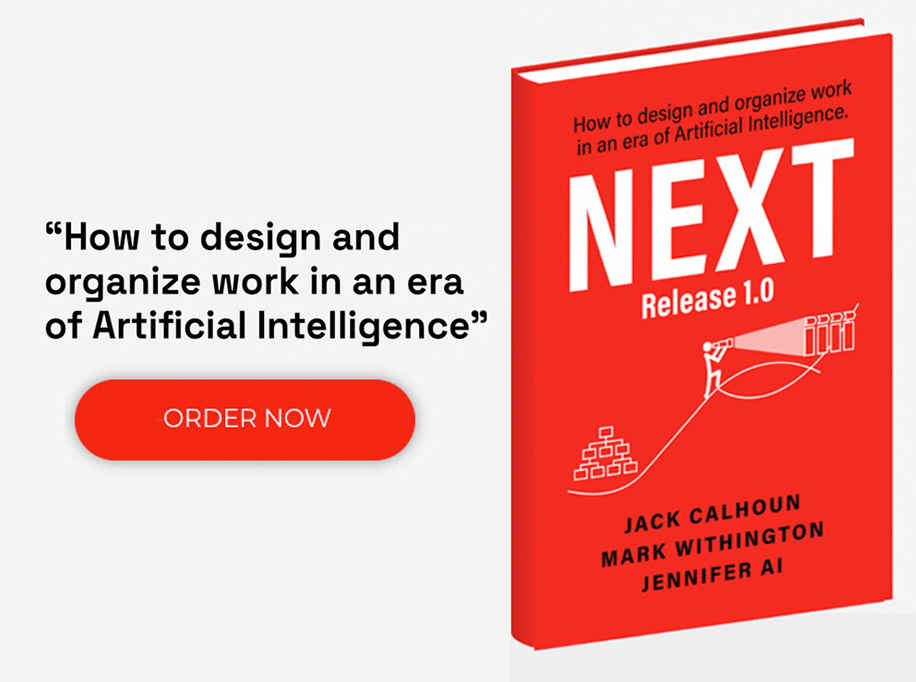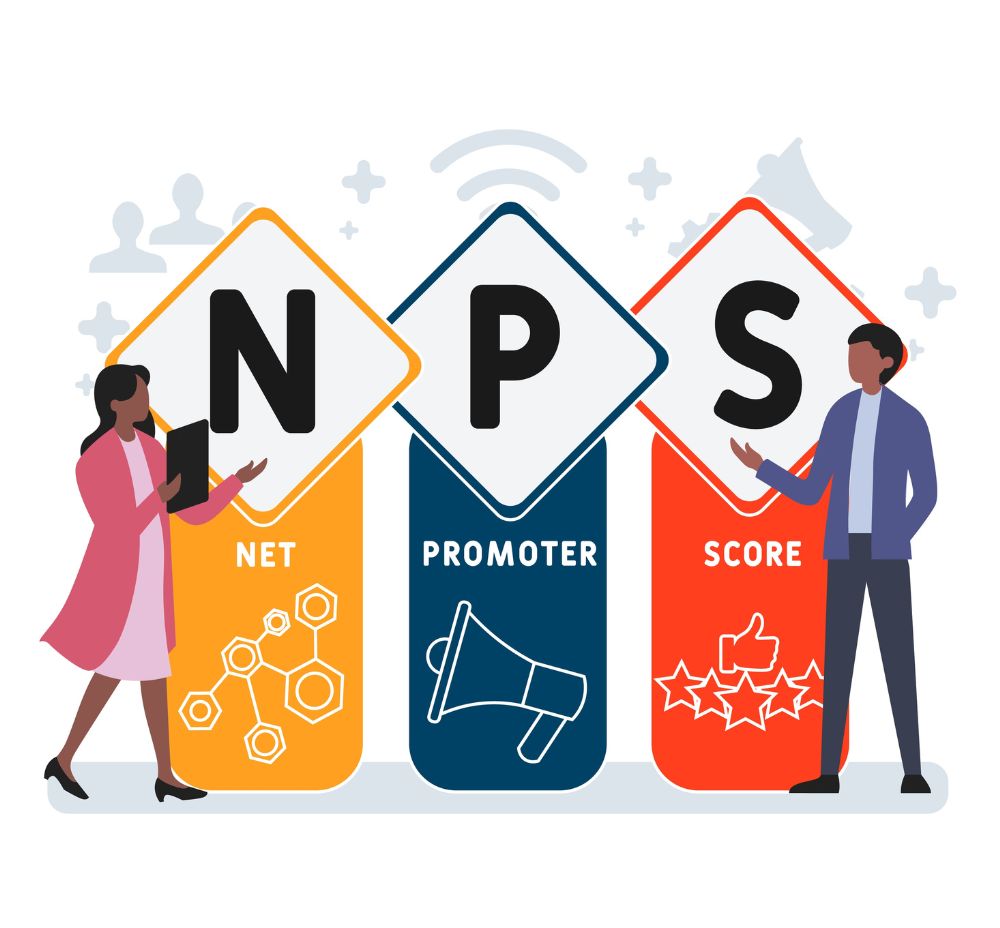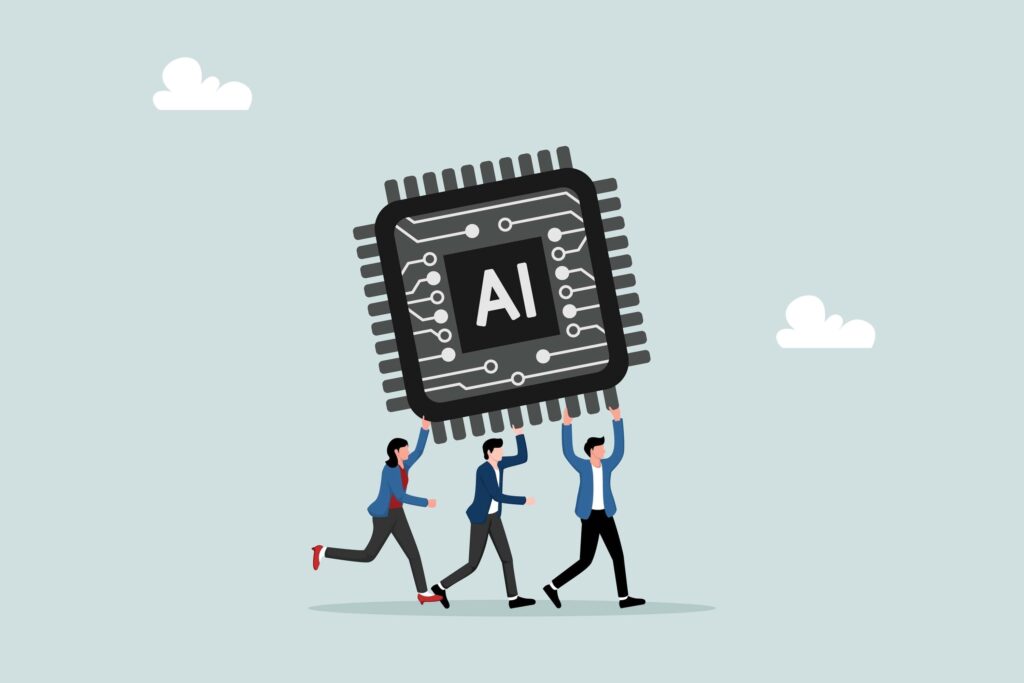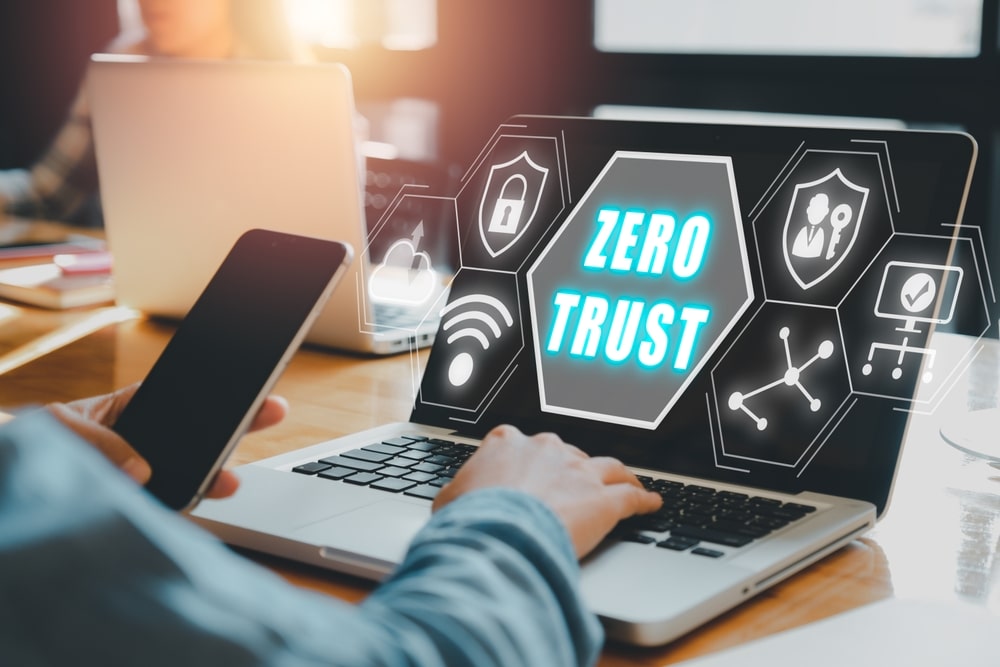Digital disruption speaks of the profound impact technology is having and will have on business and society in general. No one can walk away from their first interaction with generative AI (e.g., ChatGPT, Gemini) without experiencing an “Ah-ha moment” acknowledging that things are about to change… really fast.
For organizations, recognizing the early signs of disruption is crucial for businesses to adapt and survive. To do so, there are three activities that need to be put in place to prepare for this impending disruption:
1. Sense Changes Through Enhanced Customer Interaction Analysis
To navigate the currents of digital disruption, organizations must first ensure they have robust mechanisms to monitor and analyze customer interactions. This involves setting up sophisticated analytics to track web visits, new user registrations, engagement metrics (such as session lengths and frequency), and customer satisfaction indicators like Net Promotor Scores (NPS) and Customer Satisfaction (CSat) scores. By doing so, businesses can gain invaluable insights into changing customer behaviors and preferences, allowing them to proactively adapt their offerings and strategies. Enhancing customer interaction analysis is not just about collecting data; it’s about interpreting it to predict trends, identify opportunities for innovation, and personalize the customer experience.
Consider the case of a retail company that leveraged customer interaction analytics to revamp its online shopping experience. Analyzing customer online behavior data, the company identified a growing preference for virtual try-on features and personalized shopping recommendations. Responding to these insights, the customer integrated augmented reality (AR) and AI-driven personalization into its website and mobile app, significantly increasing customer engagement and sales. This example underscores the value of listening to and interpreting customer data to stay ahead in a digitally disrupted market.
2. Scan the Technology Horizon
The second step involves continually scanning the technological landscape to identify and catalog advancements that could impact the industry. This proactive approach enables organizations to stay ahead of the curve, embracing relevant innovations that can drive growth and efficiency. By maintaining an up-to-date knowledge base of technological trends, businesses can better assess their potential implications and prepare to integrate these technologies into their operations. This ongoing process requires a dedicated effort from cross-functional teams to ensure that technological advancements are tracked and evaluated for their applicability and potential to drive digital transformation.
Let’s explore another example. A manufacturing company exemplifies the importance of scanning the technology horizon by adopting the Internet of Things (IoT) and Machine Learning (ML) to predict equipment failures before they occur. By continuously monitoring the latest in IoT technology, the company implemented a system that collects real-time data from its machinery. This data, analyzed through ML algorithms, has enabled the company to move from reactive to predictive maintenance schedules, drastically reducing downtime and increasing production efficiency.
3. Adopt a Collaborative Planning and Budgeting Approach
Finally and most importantly, the organization must adopt a new planning and budgeting approach that encourages collaboration between business leaders and technologists. This approach addresses the critical chicken-and-egg problem where businesses may not fully grasp the capabilities of new technologies, and technologists may not understand the intricate needs of the business.
By viewing the organization as a system of processes that delivers services (both external and internal) to stakeholders, teams can develop a common language and framework for planning. This collaborative environment fosters mutual learning and discovery, enabling both The Business and The Technologist to learn from one another to discover new ways technology can transform those processes.
Creating a planning approach that promotes explicit process understanding shifts the focus from optimizing functions based on the organizational chart to a customer-centric perspective. This shift encourages outward thinking, priming the organization to continuously seek technological solutions that enhance or redefine service delivery. Ultimately, customers engage with the outputs of these processes and services, not the titles or structures behind them. By embracing this outward-focused planning effort, organizations can better position themselves to capitalize on the opportunities presented by digital disruption.
Next Step: Measure Digital Disruption Exposure
Preparing for digital disruption requires a multifaceted approach that involves sensing changes through customer interaction and analytics, continuously scanning for technological advancements, and fostering a collaborative planning culture between business and technology teams. These steps are crucial for organizations looking to survive and thrive in the rapidly evolving digital landscape.
If you want to learn more about digital disruption and your organization’s exposure, please click here to take our quick, online, 4-minute Digital Disruption assessment. Upon submission, you’ll receive your organization’s S2E assessment report containing the following:
- An In-Depth Overview of Accelare’s Four S2E Domains
- Your Organizational S2E Readiness Assessment
- Domain-Specific Opportunities Based on Your Responses
- Your S2E Maturity Level Defined
- Next Steps!











